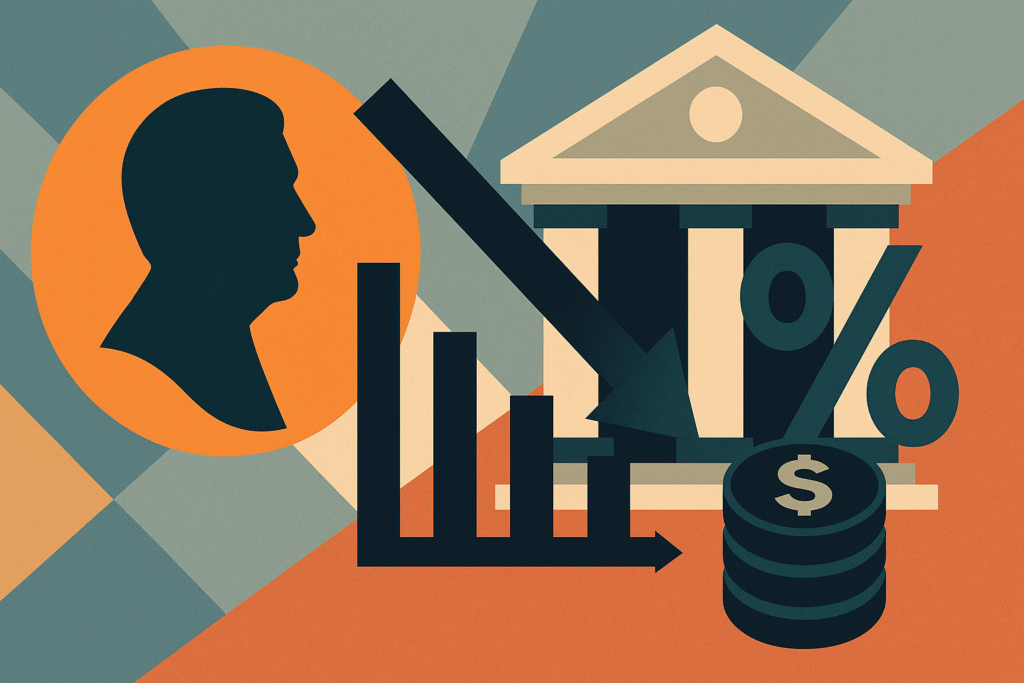The Federal Reserve has revised down its economic forecast for the U.S. and held interest rates steady for the fourth consecutive meeting, signaling a cautious stance amid rising inflationary pressures tied to President Donald Trump’s tariff policies.
In its latest policy announcement on Wednesday, the Federal Open Market Committee (FOMC) maintained the federal funds rate at 4.25%–4.5%, resisting political pressure from the White House to cut rates sharply. Just hours before the Fed’s decision, President Trump lashed out at Fed Chair Jay Powell, calling him “stupid” and asking if he could “appoint myself” to the central bank. Trump also demanded a 2-point rate cut.
At a post-meeting press conference, Powell defended the Fed’s position, saying,
“Our job is to make sure that a one-time increase in inflation doesn’t turn into an inflation problem.”
Slower Growth, Rising Inflation
The Fed’s updated projections now estimate GDP growth for 2025 at 1.4%, down from the 1.7% forecast in March. At the same time, the unemployment rate is expected to climb from 4.2% to 4.5%, while inflation — measured by the personal consumption expenditures (PCE) index — is forecast to rise from 2.1% in April to 3%.
These changes reflect concerns over the economic impact of Trump’s tariffs, which have increased costs for U.S. businesses and are expected to push consumer prices higher as companies pass those costs along.
Despite recent tame inflation readings, many economists believe inflation will accelerate in the coming months. Business sentiment surveys suggest uncertainty is rising among executives regarding both consumer demand and input costs.
Deepening Divide Inside the Fed
The Fed’s closely watched “dot plot” still indicates a median forecast of two quarter-point rate cuts in 2025. However, officials remain deeply divided:
- 10 FOMC members still project two or more cuts this year.
- 7 members expect no cuts at all.
- 2 members foresee just one cut.
This division reflects growing tension between Fed members who prioritize managing inflation and those increasingly concerned about slowing growth and rising unemployment.
“There are two very distinct camps developing within the FOMC,” said Paul Ashworth, chief North America economist at Capital Economics.
Market Reaction
Financial markets responded to the Fed’s tone with increased volatility.
- The S&P 500 and Nasdaq Composite turned negative during Powell’s remarks.
- Treasury yields, which often react to inflation expectations, initially dropped but later rebounded.
- The 10-year Treasury yield closed at 4.4%, up 0.01 percentage points.
Outlook
While the Fed is signaling caution, it is also making clear that it will not bend to political pressure. With inflation risk elevated due to tariff-related price increases and a split emerging among Fed policymakers, the path forward remains uncertain.
Investors and businesses are now watching closely for upcoming data on consumer prices, wage growth, and employment trends as indicators of whether the Fed will move ahead with any rate cuts in the second half of the year.


